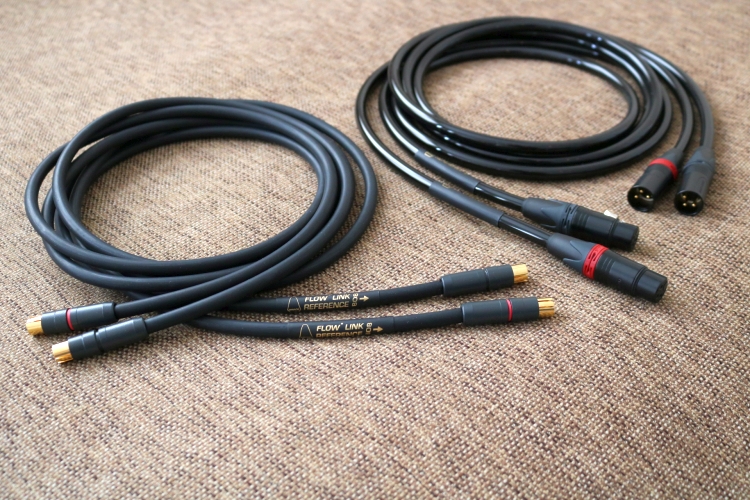
JW’s Apogee and Zesto setup
Next, I took the two cables to audio buddy JW and we listened to them in his system consisting of a Thorens TD1601 turntable with Goldring Ethos MC cartridge, a Lejonklou Entity phono stage, and the Zesto Leto 1.5 preamp and Eros 300 mono power amps with original Apogee Duetta Signature speakers. First, we substituted the Cardas Hexlink Golden 5C between the phono stage and the preamp for the Flow Link Reference 808. As JW and I already knew, this particular Cardas cable is not very Cardas-like in that it is a little rough and dark, and indeed, the Driade cable was significantly more refined, as well as airier, and just as in my Ayon system, the imaging was clearer. Perhaps most impressively, timpani drums and other percussive sounds, no matter how subtly mixed, were now crisper and easier to follow, but without ever hardening up.
But there was also a downside which was that even though the bass had not lost any precision or speed, if anything, it had gained in articulation, it did sound less robust and solid and the dynamics were slightly less exuberant. For this system, this was not desirable.
Whether or not the perceived lack of body and impact is actually a lower amount of coloration or distortion, or it is perhaps a side effect of the Zesto’s transformer-coupled outputs and inputs, is something that I cannot answer just yet. But as my next experiment will show, one should not draw conclusions based on limited results.
After reconnecting the Hexlink between the phono stage and preamp, we substituted the Cardas Clear XLR cable between the preamp and power amps with the Flow Link Reference 808. Now, this was very interesting! Unlike the old Hexlink, the Clear is a current and true Cardas, and at its current price of 3.475 euro for the 2-meter pair, quite a costly model as well.
Whereas the differences with the Hexlink between the phono stage and the preamp were abundantly clear, it took us a moment to come to grips with what happened after swapping from the Clear to the Flow Link Reference 808 between the preamp and power amps. The level of refinement was unchanged, and the fluidity, resolution, transparency, dynamic behavior, and focus were all comparable. So where exactly did the two cables differ? After a few moments, we both realized that it was mainly in terms of added smoothness, fullness, and richness, where the Clear differed. It’s ironic that a cable with the name “Clear” would actually sound less clear than the Flow Link Reference 808 but that’s exactly how we heard it. A major realization to take away from this comparison is that the Driade cable truly has remarkable clarity and purity throughout the entire frequency spectrum but perhaps most impressively in the midrange where the cable heightens the realism not only with percussion but also with vocals. The Driade’s purity also makes it arguably less romantic and a little leaner than the Cardas but that’s a matter of taste.
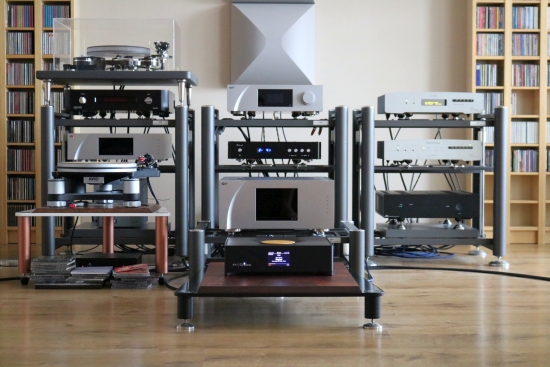
CH Precision setup
The next listening tests were done using my Main System in which the Grimm MU1 played directly to the C1 via a Jorma AES/EBU cable, with both the Flow Link Reference 808 RCA and XLR versions connected between the CH Precision C1 DAC and A1.5 power amplifier that drives Magico S1 MkII speakers.
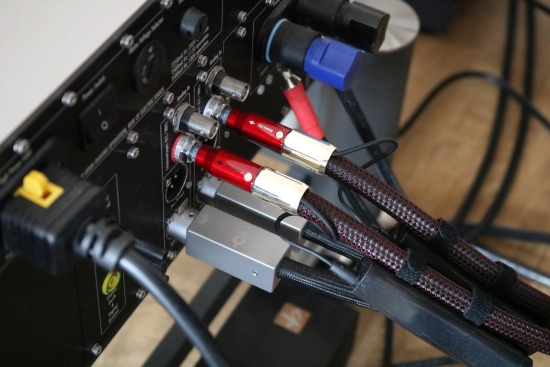
For the longest time, the cable that I used between these two components is the CH Precision Balanced Link. No matter what cable I compared it with, ultimately I always returned to the CH cable. Until recently, I thought it to be utterly neutral and comparatively even slightly on the dry side. That is until I heard the AudioQuest Fire. Ouch. That was an ear-opener. Not only did the Fire prove to be more expressive, more articulate and precise, and more dynamic, it was also more neutral. Of course, at its eye-watering 5.500-euro price tag for a 2m pair, the cable certainly should be better, but still, it came as a surprise. Compared to the Fire, my long-standing favorite (and presumed utterly neutral) cable was shown to actually be a little smooth and not quite as articulate as I had thought. Apparently, all the cables that I had used for comparison were smoother, fuller, or rounder. This neatly goes to show that one’s never too old to learn or to change opinions.
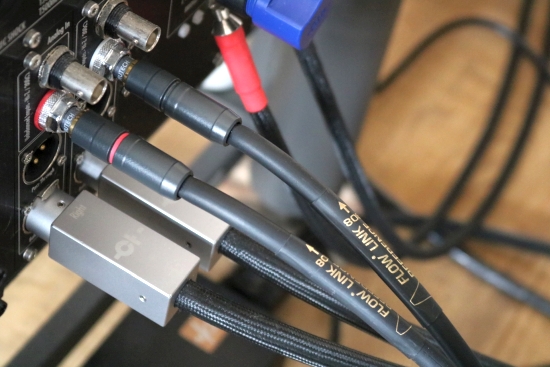
This brings us back to the Driade Flow Link cables. Earlier comparisons had already shown the CH Balanced Link to sound purer, more articulate, and more direct than the Cardas Clear, which is why I sold it, but the comparison at hand did much the same once again. Imagine my surprise when the Reference 808 RCA cable smugly outperformed the CH Balanced Link in the very parameters in which I thought it already excelled! The bass became more articulate while the midrange sounded purer and on the whole, it felt like a layer of subtle blur was removed. Meanwhile, the level of refinement, resolution, nuance, and air were unchanged while the transient attack and the overall dynamics also remained impressive. And, very importantly, this time I definitely did not have the feeling that the bass was in any way lightweight or possessing less body. This cable is simply so very pure and honest and so utterly natural and unforced that it apparently just does not fit ideally right away in all systems. Evidently, some combinations of components may “like” some more forcefulness or solidity but it’s unfair to say that the cables are inherently lacking in this area.
Now on to the next comparison for which I used the FoilFlex cables which are my references in terms of resolution and transparency at their price point. A direct comparison with the RCA versions of both brands showed that the FoilFlex cables are even more articulate as well as slightly more transparent. However, they also have a matter-of-fact, moderately technical quality to them with relatively flat soundstaging. Somehow, the Driade cables managed to perform technically very nearly on the same level as the FoilFlex while adding an organic sense of fluidity and dimensional flow, ultimately leading to an emotionally more satisfying delivery.
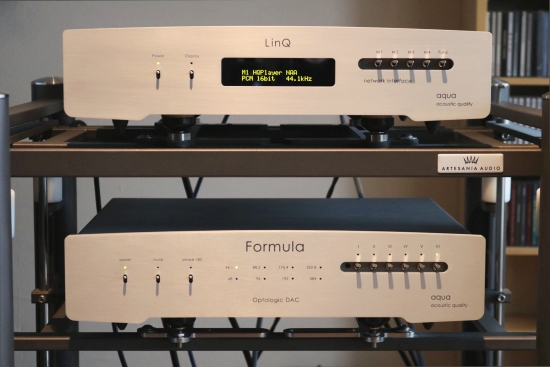
Aqua + Audio-GD setup
For my final comparison, I shifted the focus from the Grimm server and CH Precision DAC to the Aqua LinQ and Formula xHD DAC combined with the Audio-GD Master 1 analog preamp, feeding the CH A1.5 amp and Magico S1 MkII speakers. With the analog preamp in play, this allowed me to test the two Driade cables in a single effort, while maximizing their impact on the system’s sound.
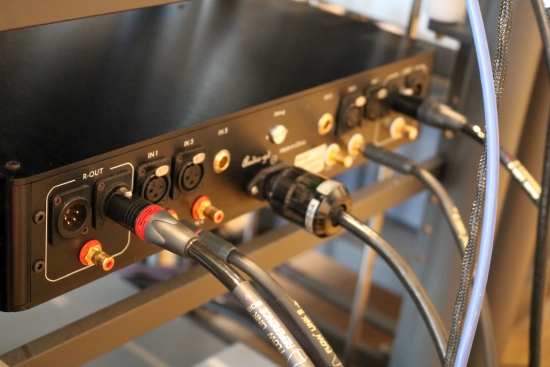
Well, on this I can be very clear. Whether the Aqua combo was fed from the Antipodes K50 or the Grimm MU1, there was absolutely no lack of bass drive or -solidity, far from it, in fact! The Master 1 is admittedly a robust and powerful-sounding preamp but the Aqua combo is extremely neutral and revealing and if the connecting cables were to be overly lean or lacking in drive, this would absolutely have been highlighted. All that I heard was the difference that I know to exist between the two servers (K50 rounder and smoother, MU1 tighter and more articulate) but the cables simply fitted the system like a glove. In fact, they fit so well that I think I’ll keep them permanently connected as the default cables for this part of my system.
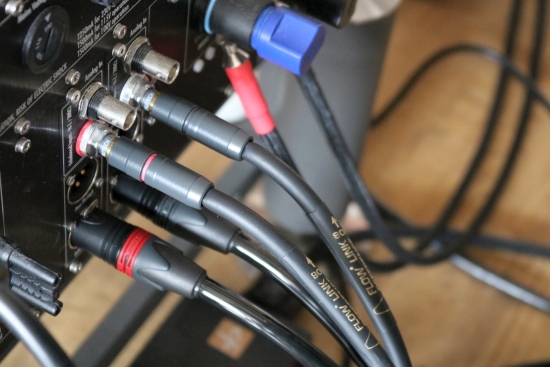
XLR versus RCA
Even though I’ve so far found very little distinction between the RCA and XLR versions of these cables in varying circumstances, I thought it fitting to perform a final one-on-one comparison. Well, this proved to be an almost nihilistic exercise, as the differences between the two cables are indeed vanishingly small. The only repeatable difference that I found was that the XLR cables sounded a little bit more controlled, or rather, the RCA cables sounded a little bit more free-flowing. Also, and this is not limited to these Driade cables but rather an aspect of Balanced versus Unbalanced connections in general, the RCA cable has a deeper soundstage and ultimately sounds a little bit more involving because of this.
Interface-induced differences aside, I regard the Driade RCA and XLR cables as interchangeable, meaning that one can simply select the version that is required for any given circumstance.
Conclusion
Both RCA and XLR versions of the Flow Link Reference 808 provide a wholly unforced, pure, and natural rendition of anything that you play. The cables have the fluidity, smoothness, and organic presentation that I have come to know from the Flow 405 speaker cables but with a new level of articulation, precision, and transparency, that fully justifies their “Reference” moniker. Although the status quo in the land of audiophile accessories is always in flux and these cables’ relaxed nature may not be ideal for each and every system, I do consider them to be class leaders and I recommend them wholeheartedly.

More Driade
Flow Link Reference 808 XLR and RCA follow-up Review
Flow Reference 808 Speaker Cable
External Links
Manufacturer and worldwide distributor: Driade
Flow website: theflowcable
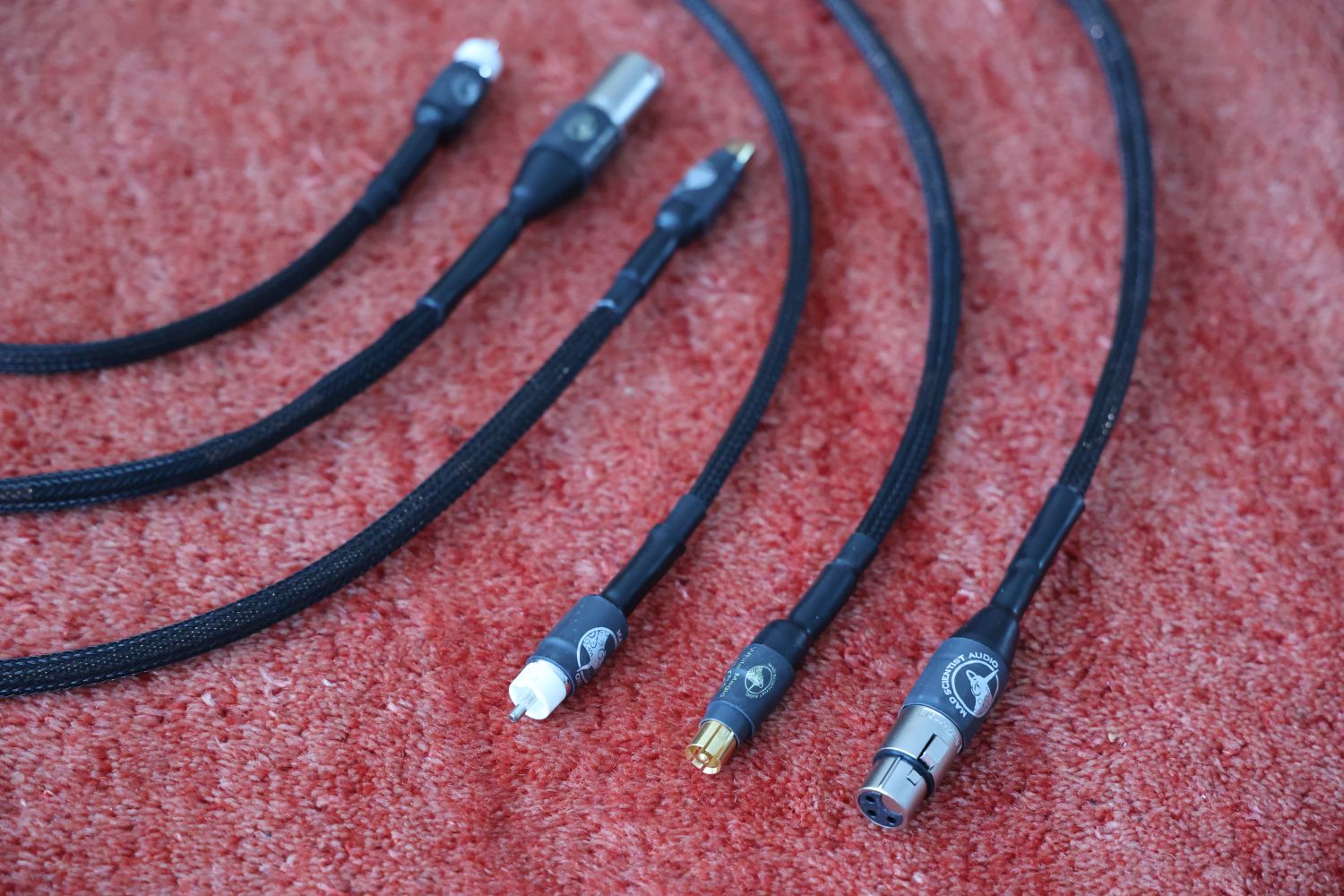
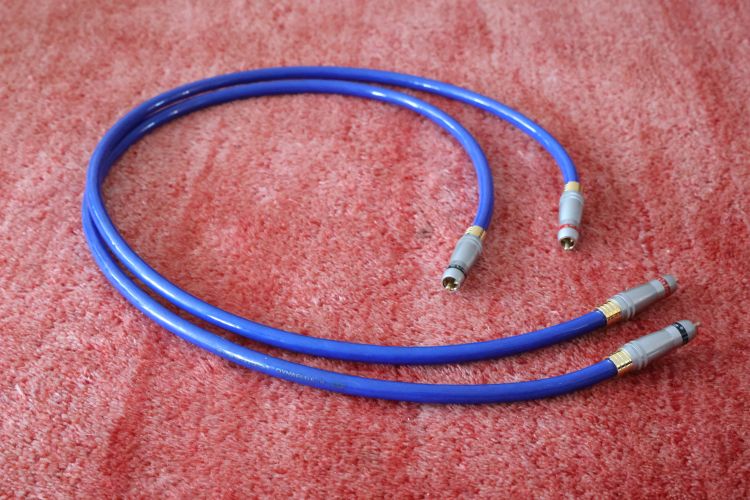

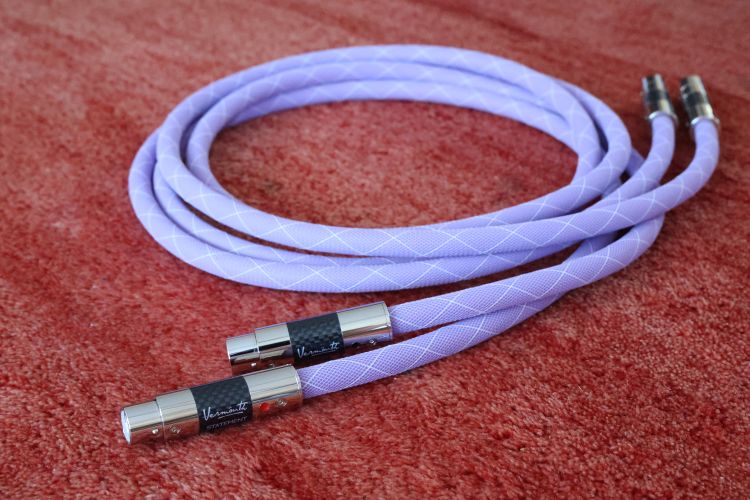
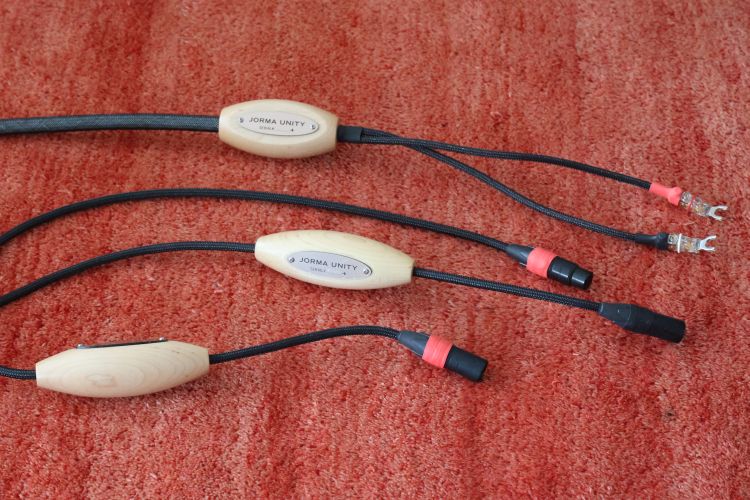
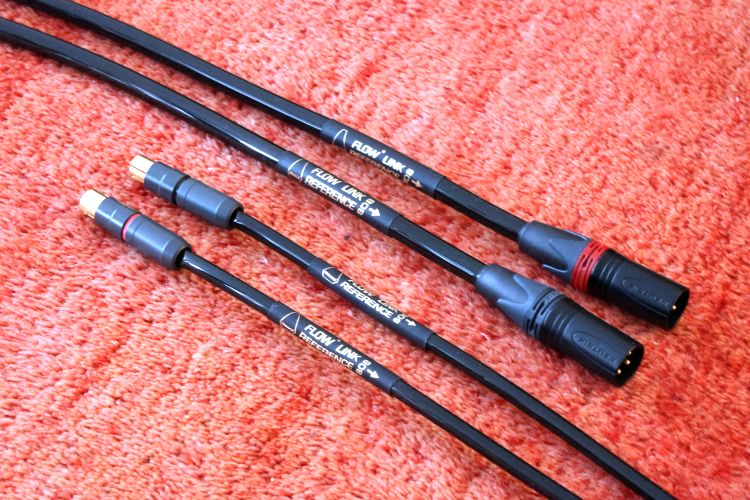
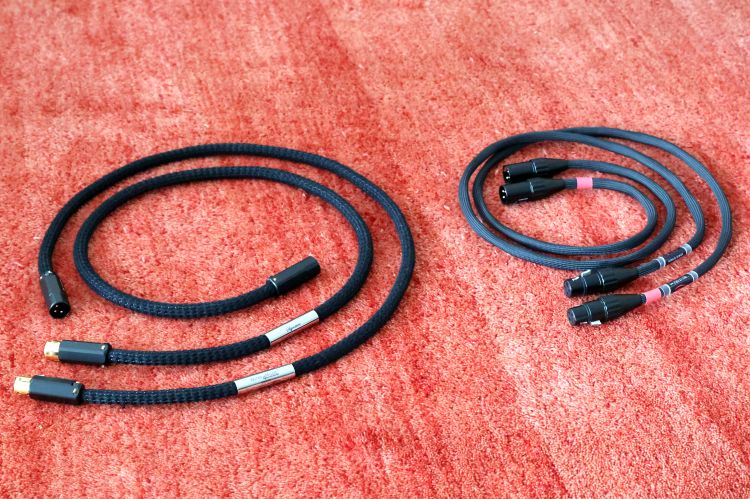
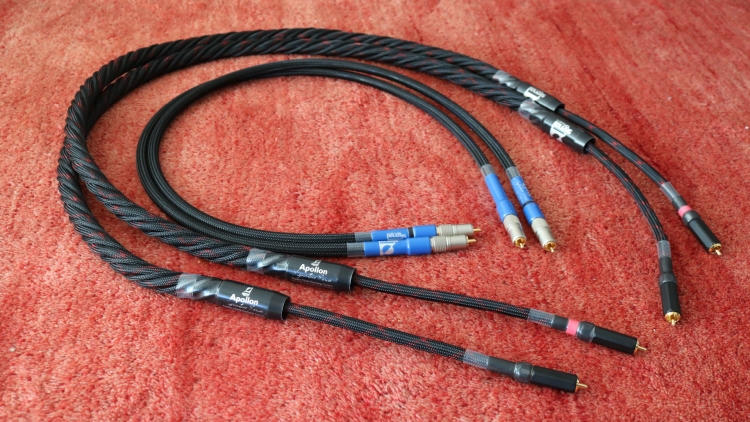
Christiaan, thanks for your always deep and thorough reviews.
In this case I write about the Flow interlinks which review matches my experience.
After playing for a long time completely satisfied with the Driade Flow 405 speakercables I ordered 8 months ago the Flow interlinks. As Driade told me, it would take some months before research, design and production would be finished. One month ago I received the RCA and XLR interlinks.
My first impressions were directly impactful. As with the Flow speakercable the Flow interlinks seem to change nothing to the sound, I mean it is if they are not there. The total reproduction of my 2 hi-fi sets is more fluent, never disturbing, with a maximum resolution without any grain or harshness, a huge stage and broad stereo image.
I have the most prestigious models of Cardas, Wireworld and Furutech, but both types, RCA and XLR, of these Flow interlinks gives my systems the upmost reproduction of my favourite music.
It can be that there are cables (probably costing many times the Flow prices) which give still more on some points, but the overall coherence and the fluent sound quality of all Flow cables is in my opinion unbeatable.